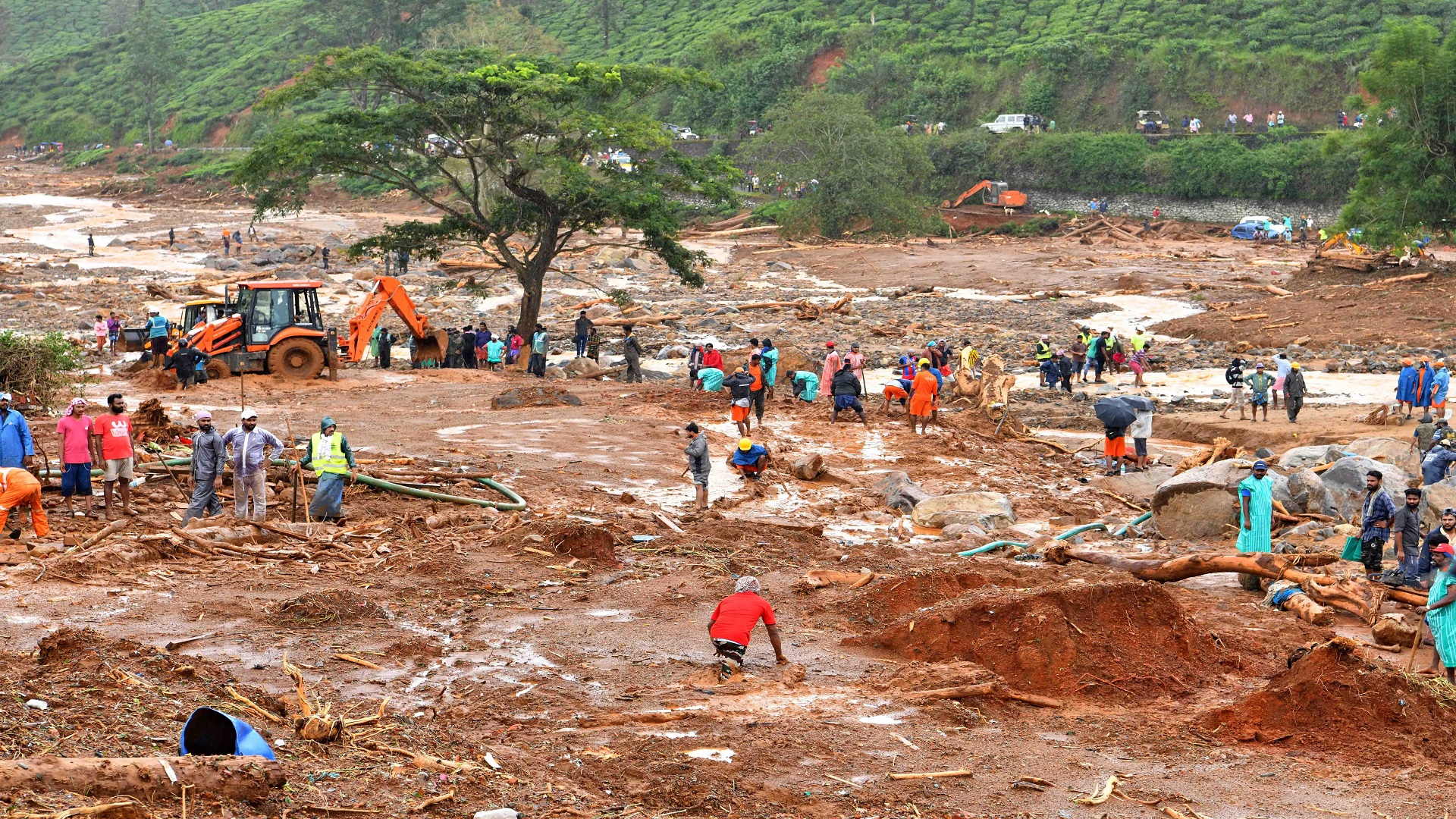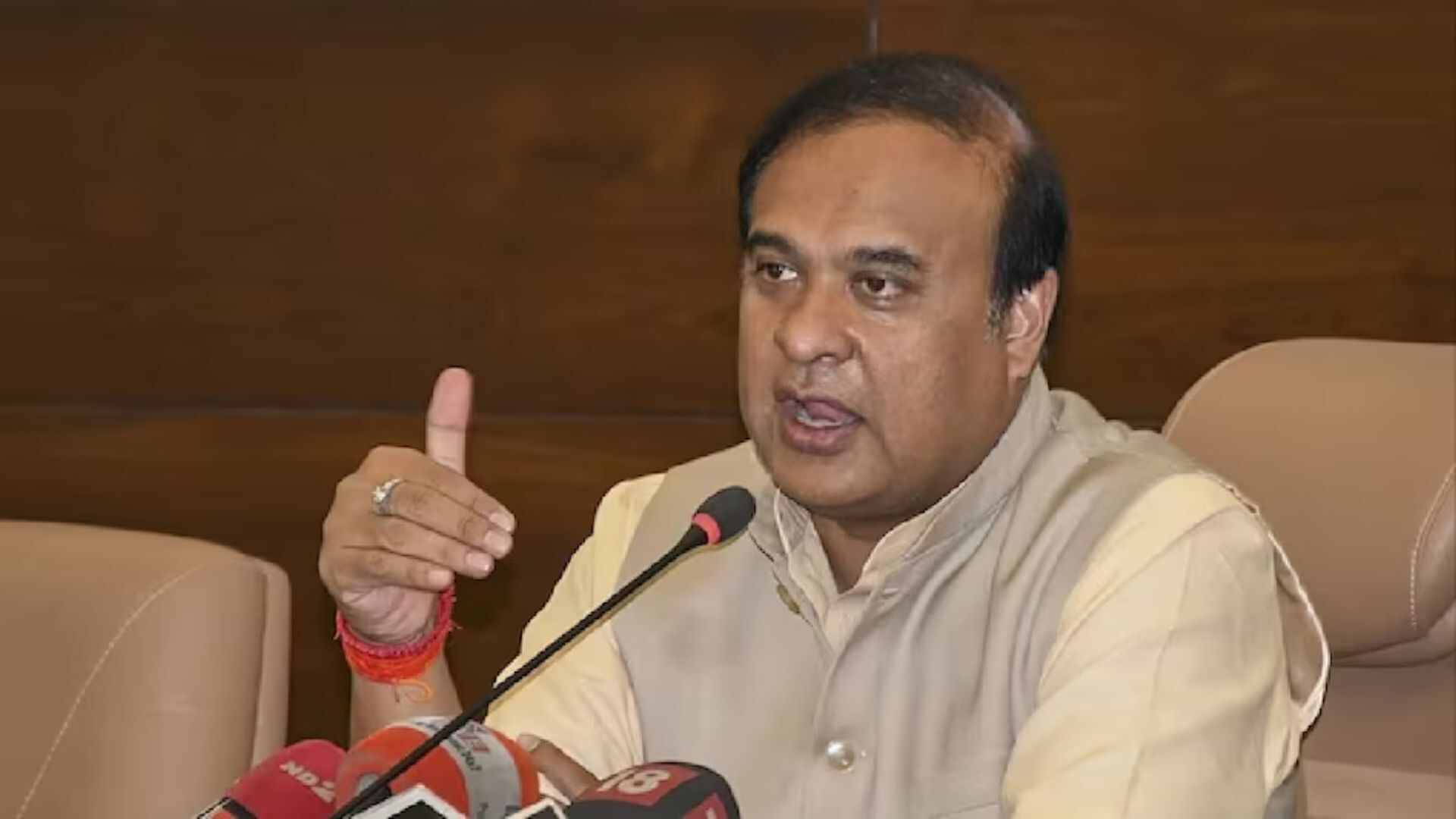The recent landslides in Wayanad, Kerala, have once again highlighted the importance of effective disaster management in a state frequently besieged by natural calamities. As the death toll reaches 84 and rescue operations continue, the incident has sparked a critical review of Kerala’s preparedness and response mechanisms. This analysis delves into various aspects of disaster management, from climate change studies to urban planning, and assesses how Kerala can improve its resilience in the face of such devastating events.
The Wayanad landslides, triggered by a midnight cloudburst, resulted in houses being washed away and hundreds feared trapped under debris. The immediate response from the Kerala government and various agencies was commendable. The National Disaster Response Force (NDRF) and the Indian Army swiftly mobilised, conducting rescue operations in the hilly areas near Meppadi. Despite the ongoing rescue efforts, the scale of devastation underscores the urgent need for a more comprehensive disaster management strategy.
Climate change studies have shown that Kerala, with its unique topography and high rainfall, is particularly vulnerable to extreme weather events. The Indian Meteorological Department (IMD) had forecast heavy rains, but the intensity and impact of the cloudburst caught many by surprise. This incident underscores the need for continuous and detailed climate research to predict and prepare for such events better. Integrating these studies into disaster management plans can significantly enhance the state’s ability to respond to and mitigate the effects of natural disasters.
Kerala has made strides in emergency response, but the Wayanad landslides revealed gaps that need addressing. While early warning systems using Geographic Information Systems (GIS) and remote sensing technology were in place, their effectiveness in preventing casualties was limited. The state has developed mobile applications like ‘KSDMA Disaster Management’ to disseminate real-time updates, yet the challenge remains in ensuring these alerts reach and are acted upon by all residents, especially in remote areas. The rapid establishment of temporary medical facilities at a mosque and madrasa in Chooralmala demonstrated the state’s ability to adapt quickly, but a more robust, pre-planned network of emergency shelters and medical centers is crucial.
Risk assessment and disaster preparedness are areas where Kerala can learn from past experiences and global best practices. The Kerala State Disaster Management Authority (KSDMA) has been proactive in mapping flood-prone and landslide-prone areas, which helps in better risk assessment and land-use planning. However, the Wayanad landslides highlighted the need for more granular, localized risk assessments that consider the unique characteristics of specific regions. Regular community drills and education on disaster preparedness can also empower local populations to respond more effectively when disaster strikes.
The financial implications of such disasters are immense, necessitating a robust insurance and finance framework. Kerala has traditionally relied on state and central government funds for disaster relief, but there is a growing need to explore alternative financing mechanisms. Insurance schemes tailored to cover natural disasters can provide a financial safety net for affected individuals and businesses. Additionally, funding for disaster management needs to be prioritized in state budgets, with dedicated resources allocated for prevention, response, and recovery efforts.
Urban planning plays a critical role in mitigating the impact of natural disasters. The rapid urbanization in Kerala has often overlooked environmental considerations, leading to increased vulnerability to events like landslides and floods. The Wayanad landslides serve as a stark reminder of the importance of sustainable urban planning that incorporates disaster resilience. This includes enforcing stricter building codes, preserving natural water channels, and avoiding construction in high-risk areas. Effective urban planning can reduce the severity of disasters and facilitate quicker recovery.
Funding is a crucial aspect of disaster management that cannot be overlooked. The Kerala government’s immediate response included the announcement of state mourning and the deferment of all government programs, reflecting a quick mobilization of resources. However, long-term funding strategies are essential for building and maintaining resilient infrastructure. Tamil Nadu’s offer of Rs 5 crore and the dispatch of rescue teams is an example of inter-state cooperation that can be beneficial. The central government’s support, including that from Union Home Minister Amit Shah, emphasizes the need for coordinated funding efforts at both state and national levels.







